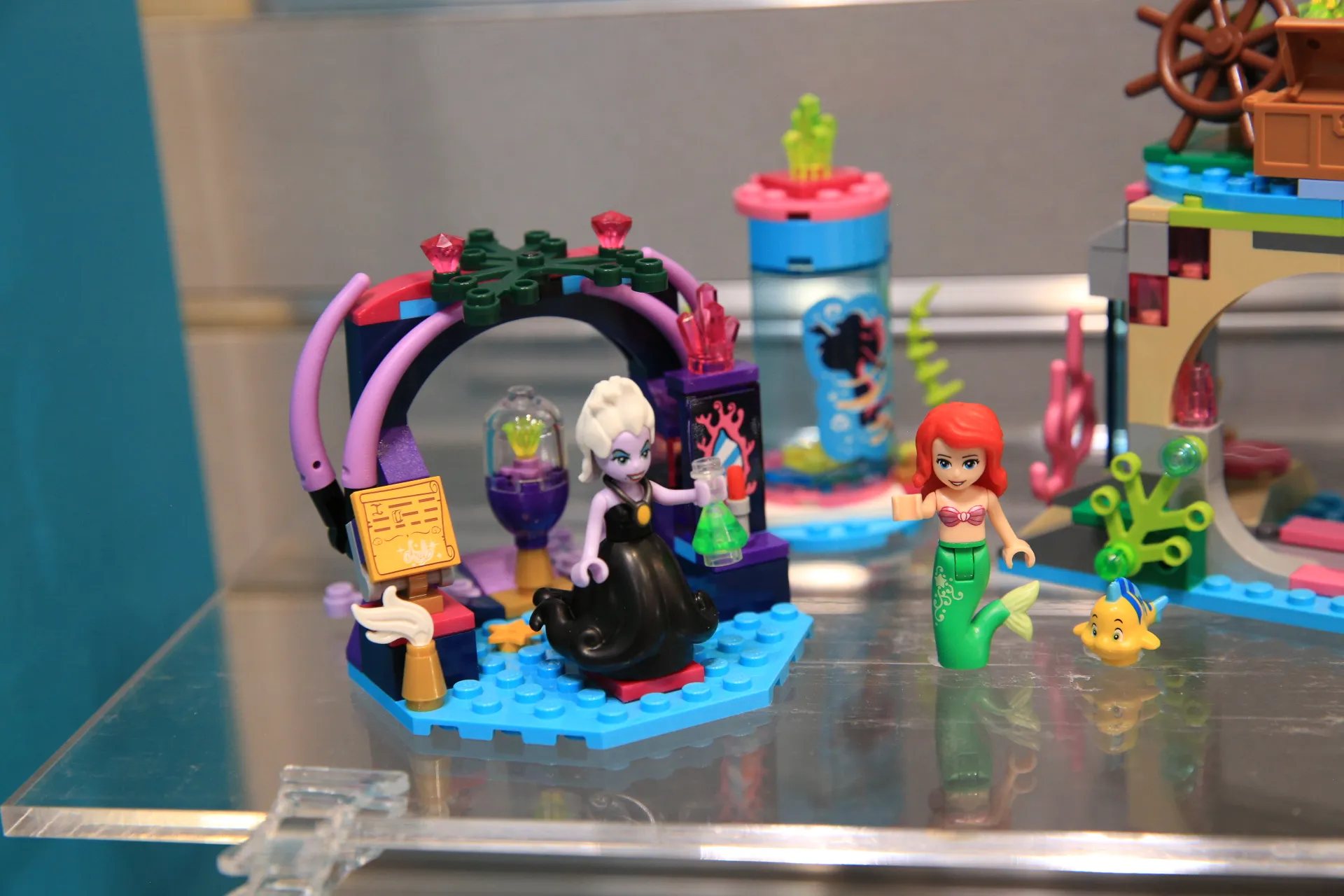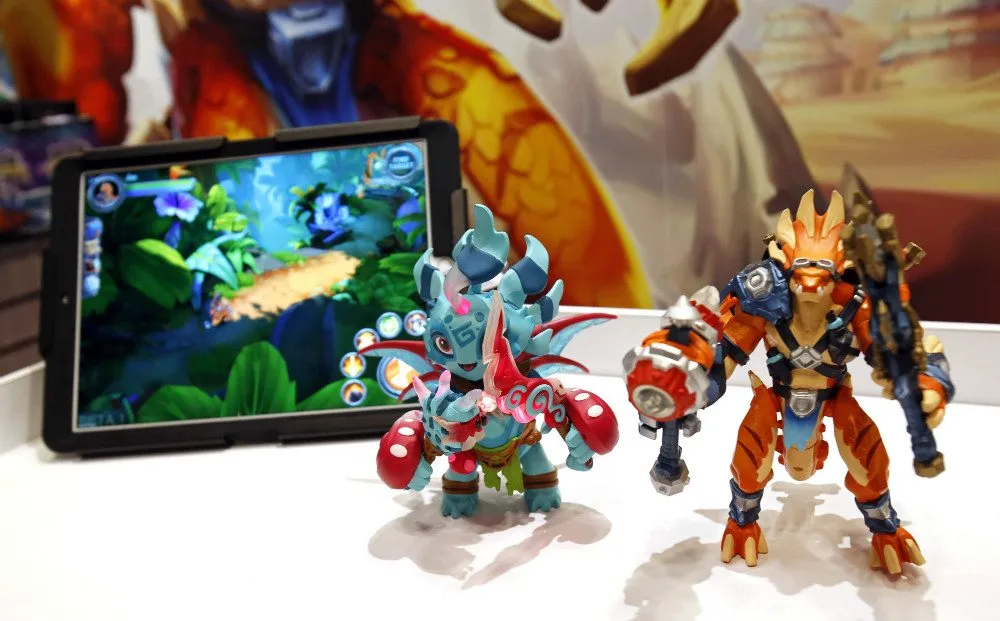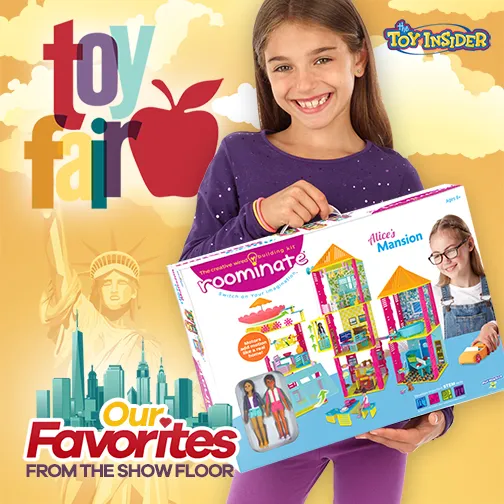Preparing for Diecast Toy Fairs
Diecast toy fairs are exciting events, offering dealers fantastic opportunities to buy, sell, and connect with fellow enthusiasts. However, success at these fairs requires careful preparation and strategic planning. Without proper groundwork, you risk wasted time, missed opportunities, and potential financial losses. This section outlines the key areas dealers must address before even packing their inventory. From selecting the right fairs to setting achievable goals, diligent preparation is the foundation for a profitable and rewarding experience at any diecast toy fair. Get ready to maximize your potential and make the most of these dynamic marketplaces for diecast collectibles. Careful planning also saves time, as a well-prepared dealer is less likely to be scrambling for supplies or information during the fair. Furthermore, it builds confidence.
Researching the Fairs
Not all diecast toy fairs are created equal. Thorough research is crucial to determine which fairs align with your business objectives and target audience. Investigate the fair’s reputation, the type of attendees it attracts, and the past attendance figures. Consider the size of the fair, the number of dealers, and the range of diecast toys typically available. Check online forums, social media groups, and review websites to gather insights from other dealers and collectors who have attended the fair previously. Evaluate the cost of the booth, travel expenses, and accommodation to ensure the fair is financially viable for your business. Understand the demographics of attendees. The more research you do, the better prepared you are to make informed decisions about which fairs to attend, what inventory to bring, and how to market your presence effectively.
Choosing the Right Fairs for Your Business

Selecting the appropriate diecast toy fairs is a critical step in ensuring your success. Match your inventory and pricing strategy with the type of collectors attending. Consider fairs that specialize in specific scales, manufacturers, or eras of diecast models if your business focuses on a niche market. Evaluate the geographical location of the fair and its accessibility for both you and your potential customers. Some fairs are more suitable for buying, while others are better for selling or networking. Assess the overall atmosphere of the fair. Do they attract serious collectors, casual enthusiasts, or a mix of both? Your decision on choosing the right fairs should be influenced by your budget, your target audience, and your overall business goals. Participating in the wrong fairs can lead to wasted resources and disappointment.
Setting Realistic Goals
Before attending any diecast toy fair, it is crucial to establish clear, realistic goals. Determine what you want to achieve. Are you primarily focused on selling, buying, networking, or promoting your brand? Set specific, measurable, achievable, relevant, and time-bound (SMART) goals. For example, instead of aiming to “sell a lot,” set a goal to sell a specific dollar amount or a certain number of items. Having specific goals helps you stay focused, make informed decisions, and measure your success. It also enables you to prepare effectively. Consider factors like the size of your inventory, the prices you plan to charge, and the historical performance of similar dealers at that fair. Make sure to also account for the time investment required to research, travel to, and participate in a fair. Adjust your expectations accordingly, and be prepared to adapt your strategy if your goals need modification.
Maximizing Your Booth Space
Your booth is your storefront at the fair, so it must be designed to attract attention and showcase your merchandise effectively. Maximize the available space to create an appealing and functional display. Organize your models by scale, manufacturer, or type to make it easy for customers to browse. Use display cases, shelving, and tables to showcase your diecast toys in an organized manner. Provide adequate lighting to highlight the details of your models. Signage is important. Include clear, visible price tags, and use attractive signage to attract customers. Consider the layout of your booth. Allow ample space for customers to move around and browse comfortably. Keep the space clean and uncluttered. Consider using a theme or a unique approach to stand out from other dealers. The more inviting and organized your booth, the more likely you are to attract and retain customers.
What to Bring

Packing the right supplies is key for a successful diecast toy fair experience. Make sure to bring a well-stocked inventory. Your selection should be based on the fair’s demographics, but include a variety of items. Include all the necessary display materials, such as cases, shelves, tablecloths, and signage. You’ll also need essential tools like a calculator, cash box, pens, paper, and a credit card reader. Bring packaging supplies such as bubble wrap, packing tape, and boxes to safely package sold items. Ensure you have business cards and promotional materials to hand out to potential customers. Don’t forget to pack snacks and drinks, as long days at the fair can be tiring. Create a checklist well in advance of the fair to ensure you don’t forget anything.
Essential Tools
Essential tools can make a dealer’s experience more efficient and professional. A reliable calculator will help you quickly calculate prices, discounts, and sales tax. A cash box is essential for managing transactions and keeping cash secure. Pens and paper are needed for writing receipts and taking notes. A credit card reader will provide customers with a convenient payment option, increasing your sales potential. Consider a portable scanner if you have items with barcodes. Bring a basic toolkit that includes a screwdriver, pliers, and other small tools that you might need to make minor repairs. Having these essential tools at your disposal will streamline your transactions and enhance your overall customer service at the diecast toy fair. These tools not only make transactions smoother but also boost your professional image.
Inventory and Pricing Strategies
Developing effective inventory and pricing strategies is a fundamental part of succeeding at diecast toy fairs. By carefully managing your inventory and pricing your items strategically, you can maximize your sales and profits. This section covers the key considerations for assessing the market, pricing your items competitively, and negotiating with both buyers and sellers. Whether you are a seasoned dealer or new to the scene, mastering these strategies is essential to ensuring your success at the fair. The correct inventory and pricing strategies can be the difference between a successful fair and one that ends in disappointment.
Assessing the Market

Before you start pricing your items, assess the current market conditions for diecast toys. Research the average prices for similar items at other fairs, online marketplaces, and past sales data. Evaluate the demand for specific models, brands, and scales. Be aware of current trends and the popularity of certain types of diecast toys. Identify any rare or highly sought-after items in your inventory. Understand the condition of your models, as this significantly impacts pricing. Note any defects, wear, or original packaging. Understanding these details is critical. Consider the prices your competitors are charging for comparable items. Assess the overall economic climate and its potential impact on consumer spending habits. This market research will inform your pricing decisions and help you optimize your inventory for maximum profitability.
Pricing Your Items Competitively
Setting the right prices for your diecast toys is a crucial aspect of attracting buyers and closing sales. Start by considering your cost of goods, including the original purchase price, shipping costs, and any restoration expenses. Then, factor in the current market value and the demand for your items. Research what similar items are selling for at other fairs or online. Determine your profit margin. Calculate your desired profit for each item. Consider offering discounts for multiple purchases or for collectors who are buying larger quantities. Be ready to negotiate. Price your items competitively to attract buyers, while ensuring you still make a profit. Clearly display your prices, and make sure your pricing is consistent and easy to understand. Proper pricing helps you generate sales and establish a reputation for fairness and value.
Negotiating with Buyers and Sellers
Negotiation is a common practice at diecast toy fairs, so it’s important to be prepared. When selling, be open to reasonable offers, but know your bottom line. Be polite and respectful. Provide the potential buyer with any relevant information. If a buyer is hesitant to buy, consider offering a small discount or additional item. When buying, be aware of the market value and the seller’s asking price. Don’t be afraid to make a reasonable counteroffer. Build relationships with sellers. Buying and selling is about building long-term relationships. Be prepared to walk away from a deal if the price isn’t right. Negotiation requires a balance between assertiveness and flexibility, helping you secure the best possible deals. With practice, you can become adept at negotiating favorable outcomes for all parties involved, which is especially true if you are a repeat customer.
Marketing and Promotion

Effective marketing and promotion are essential for driving traffic to your booth and generating sales at diecast toy fairs. By implementing smart marketing strategies, you can increase brand awareness, attract potential customers, and maximize your return on investment. This section will explore strategies for pre-fair promotion, on-site marketing tactics, and post-fair follow-up to ensure your presence at the event leads to measurable results. Well-executed marketing efforts will help build a stronger brand, establish you as a reputable dealer, and boost sales.
Pre-Fair Promotion
Start promoting your presence at the diecast toy fair well in advance to build anticipation and attract potential customers. Use social media platforms to announce your participation, display photos of your inventory, and offer exclusive sneak peeks. Create targeted advertising campaigns to reach collectors who are likely to attend the fair. Email marketing can be very effective. Send out emails to your existing customer base, and to anyone who may be interested. If the fair organizers provide a directory of exhibitors, make sure your listing is comprehensive and up-to-date. Promote any special offers or discounts that you plan to offer at the fair to entice visitors to your booth. Pre-fair marketing helps you build excitement. It also gives collectors an opportunity to plan their visit and potentially pre-arrange sales.
On-Site Marketing Tactics
Once you are at the diecast toy fair, implement various on-site marketing tactics to attract visitors to your booth. Make sure your booth is attractive and well-organized. Use signs, banners, and displays to showcase your inventory in a visually appealing manner. Engage with potential customers. Be friendly and approachable, and offer helpful information about your items. Have business cards and promotional materials. Offer special deals and discounts to incentivize purchases. Consider running a contest or giveaway to generate excitement. Take advantage of opportunities to network with other dealers and collectors. On-site marketing techniques should be focused on generating interest and converting browsers into buyers.
Post-Fair Follow-Up

After the diecast toy fair, follow up with the contacts you made. Send thank-you emails to those who visited your booth or purchased items. Follow up on any potential leads you generated at the fair. Send out a newsletter to your email list. Create a special offer for fair attendees to encourage them to make future purchases. Ask for feedback on your booth, your inventory, and your overall performance. This feedback can help you refine your strategies for future events. Post photos and videos from the fair on your social media channels. This also reminds your followers of your presence. Post-fair follow-up helps you nurture relationships with customers, build brand loyalty, and drive repeat business.
Networking and Building Relationships
Building a strong network and cultivating meaningful relationships are essential for long-term success in the diecast toy industry. This section explores the strategies and benefits of connecting with collectors, establishing relationships with other dealers, and nurturing these connections. The ability to build and maintain a robust network can provide you with exclusive access to valuable information, inventory, and opportunities. Furthermore, strong connections will create a loyal customer base and position you for sustained success in the competitive diecast toy market.
Connecting with Collectors
Diecast toy fairs provide an excellent opportunity to connect with collectors. Engage with collectors by being friendly, approachable, and knowledgeable. Show genuine interest in their collections and preferences. Share information about your inventory. Use social media. Promote your presence at the fair, and post pictures of the fair. Collect contact information, with permission. Build a mailing list to share news about new arrivals and upcoming events. By building relationships with collectors, you can gain insights into their needs and preferences. This allows you to tailor your inventory and marketing efforts. By offering exceptional customer service, you can turn one-time buyers into loyal customers.
Building Relationships with Other Dealers

Establishing relationships with other dealers can benefit your business. Network with other dealers at the fair by introducing yourself, exchanging business cards, and showing interest in their collections. Collaborate with other dealers. Share information on finding and acquiring inventory. Ask for advice or suggestions. Build trust and mutual respect. Explore potential partnerships, such as co-hosting events or sharing booth space. By building a network of supportive dealers, you can gain access to valuable information, inventory, and opportunities. Furthermore, this type of network can help you navigate the challenges of the diecast toy market.
Following Up After the Fair
Following up after the diecast toy fair is essential for nurturing the relationships you’ve built. Send thank-you notes or emails to dealers and collectors. This will help you express your appreciation for their time and business. Follow up on any leads. Connect with people on social media platforms. Offer special promotions or discounts to those you met at the fair. Consider sending out a newsletter. Staying in touch and nurturing relationships will help you establish yourself as a trustworthy dealer. Furthermore, it can generate repeat business. Continuous engagement after the fair is essential for strengthening your network. It will also help you build your reputation within the diecast toy community.
